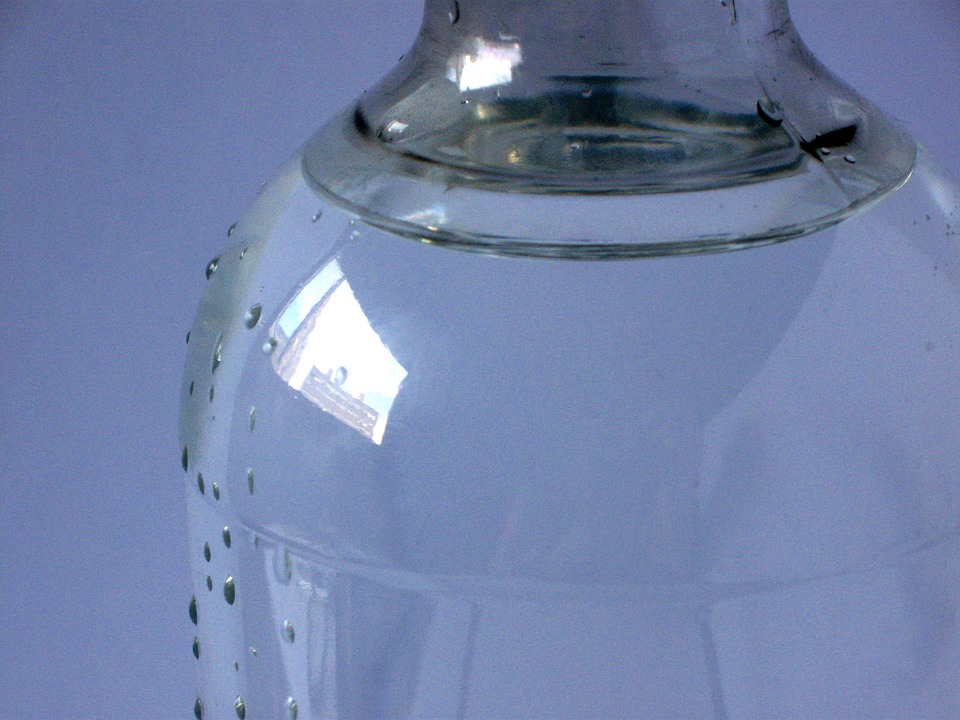If you are a survivor of a natural disaster one of your first concerns will be clean drinking water. Attempting to drink water that has not been treated could lead to serious illnesses. Some of these illnesses are life-threatening even in good conditions, but when you are under stresses common to post-disaster scenarios such as malnourishment, sleep deprivation, and mental anxiety, your body’s ability to deal with these illness is going to be greatly diminished. Likewise, medical treatment may not be available. For all these reasons, making sure that the water you can access after a disaster is safe to drink is crucial for your survival.
Bleach
Most of us have chlorine bleach in our homes currently for cleaning purposes. We are actually already used to consuming bleach to some extent since it is added to municipal water supplies. When treating water with household bleach, make sure not to use bleach that contains perfumes or dies. For one gallon of water, add ¼ tablespoon of bleach. If adding to a quart canteen this is about 5 drops of bleach. After adding the bleach, shake the container to mix, and let the water sit before drinking. If the container being used has a screw top, unscrew the top a little at a time, and shake, then unscrew a little more and shake again, repeat until the lid is off, to let the chlorine vent.
Hydrogen Peroxide
Hydrogen Peroxide sold for household medical treatment can also be used for emergency water treatment. For each gallon of water being treated add 2 ounces of hydrogen peroxide. One drawback to hydrogen peroxide treatment versus bleach treatment is that the water treated will need to sit at least over night before drinking, it is suggested that one wait 24 hours before consuming, though in an emergency that might not always be possible.
Iodine
While iodine tincture is not as common of a household item as bleach and hydrogen peroxide, it is inexpensive and an effective method of water treatment. When treating water with iodine tincture it is suggested that 5 drops per quart (20 per gallon) is enough to treat clear water, cloudy water should receive twice as much. As with the other methods mentioned above, shake the container to mix, and wait to drink the water. One advantage to using Iodine as water treatment is that the water will be ready to drink in only 30 minutes.
Under ideal conditions one will not last more than a few days without water. You can never be sure how long you will be without a regular supply of drinkable water after a disaster. Storing bottled water is obviously a must, but the water you have stored might not be enough to count on. Be prepared to treat other water as well.
If you enjoyed this, you might also like….


